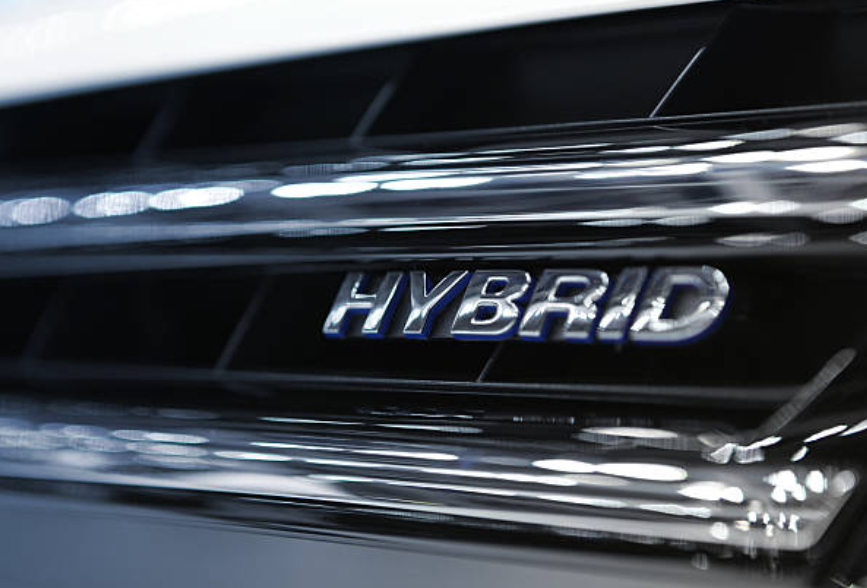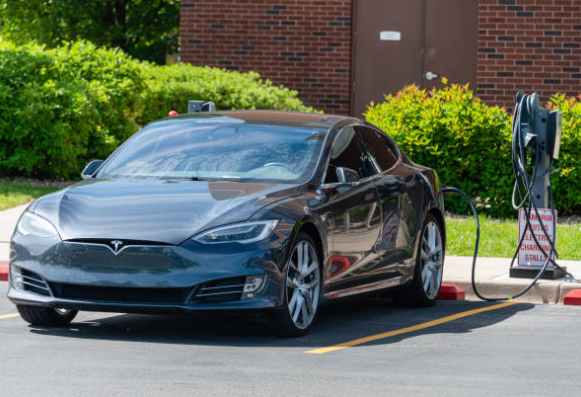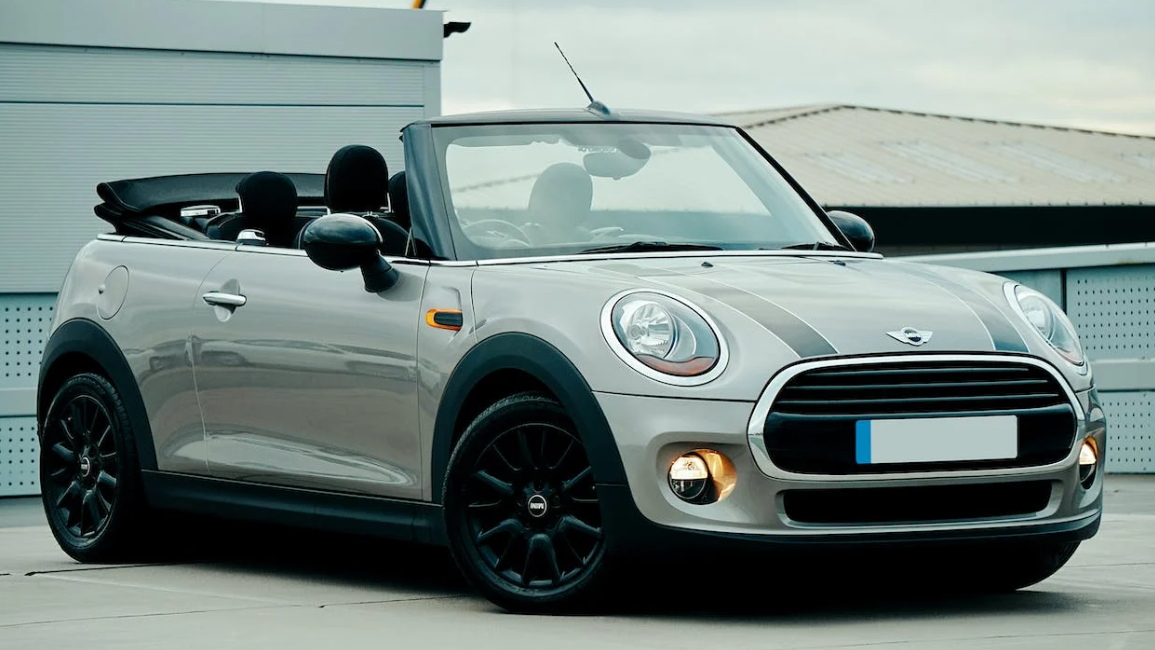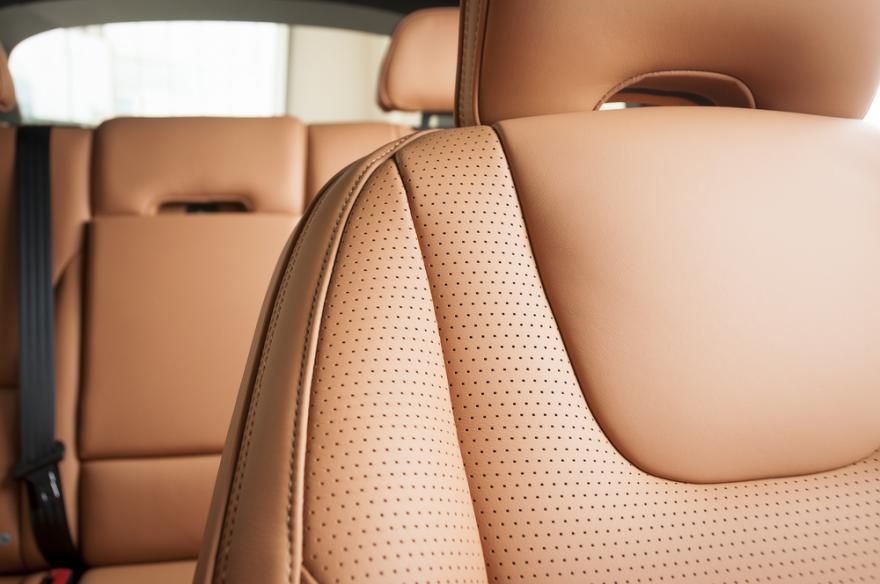How Does Paint Color Affect The Resale Value Of A Car?
A little bit about your personality can be inferred from your choice of car, particularly from its color. But did you know that the color of your automobile may also give you some idea of how much it might be worth when you sell it? Yes, that is accurate. If you plan to sell your automobile in the future, you may be wondering which colors hold their value the best on the used car market. While resale values vary from year to year, it is possible that no one hue has ever been the greatest overall, but there is data that can give you a better understanding of which colors perform better.

Dose Car Clolor Affect Price?
Generally, the color of a new vehicle doesn't typically impact the price paid by a buyer, but it can affect its resale value, albeit not necessarily in the ways one might assume. Factors such as supply and demand, along with the specific combination of vehicle type and color (such as sports cars), also contribute. Additionally, shifts in color trends over time are worth considering; a color that's popular today may not be as sought-after in the future.
A study conducted in 2022 by the used vehicle platform iSeeCars.com examined over 650,000 used cars from the model year 2019 sold between August 2021 and May 2022, revealing that yellow vehicles experienced the lowest three-year depreciation rate. Similarly, vibrant colors like orange, purple, and red also exhibited slower depreciation rates compared to more common colors.

The underlying reason is often the limited availability of vehicles in these hues relative to demand in the secondary car market. Moreover, these bold colors are frequently found on low-production-volume vehicles, such as sports cars, which tend to retain their value better. Consequently, individuals seeking used yellow cars may be willing to pay a premium for their uniqueness.
Despite popular belief that colors like gray, silver, beige, and white are highly desirable, cars in these shades actually depreciated by an average of 15% over three years. This can be attributed to the fact that approximately 25% of all cars, trucks, and SUVs are white, closely followed by black, gray, and silver, resulting in a higher inventory supply.
In summary, while color can influence a car's resale value based on its rarity, factors such as availability and customer perception play more significant roles in determining what is likely to sell.
Popular Colors
White, black, silver, and gray are examples of neutral colors that are generally more stylish and appealing to a wider range of consumers. The colors mentioned above are less likely to fall out of style and are frequently seen as timeless.
White is a color that has become very fashionable recently and is frequently connected to a minimalist and contemporary style.
Depreciation Rate
Bright greens, oranges, or yellows are examples of bold or distinctive colors that may have a more restricted appeal and, as a result, depreciate more quickly. This is due to the possibility that a certain color preference will not suit the tastes of a large number of possible customers.
Although an automobile painted in an unconventional hue may stand out, it may also have negative effects on the resale market because not every buyer will be drawn to such a vehicle.

Preferences by Region
Regional preferences may also have an impact on resale value. As an illustration, some colors might be more in demand in particular regions or cultures than others, which would impact their resale value.
Maintenance and Visibility
Dark colors, like black, could be more prone to scuffs and grime, which could affect how well-regarded and valuable they are in the market.
Brighter colors might be easier to keep clean and more visible, particularly when it comes to revealing crumbs and minor dings.
Trends and Fashion
Car color preferences can be influenced by trends and fashion, which can change over time. Keeping up with popular color choices in the automotive industry may help sellers make informed decisions about their car’s color.
Brand and Model Specifications
The impact of color on resale value can vary by brand and model. Certain brands or models may have specific color preferences among their target audience, affecting resale values differently.
Condition and Maintenance:
The general state and level of maintenance of the car, regardless of color, are major factors in determining its resale value. A well-kept vehicle in good condition will probably sell for more money.
Car color can affect a vehicle's marketability, even though it is only one of many elements that affect resale value. When thinking about the resale value of their cars, sellers should be mindful of regional preferences, general color trends, and any potential negative aspects of particular hues.
There may be a relationship between the two, so learning which automobile colors are the most popular overall may help you determine which is the greatest color for resale (more on that later). The most popular automobile colors on the road can be inferred from an analysis of 1.4 million used cars, although these figures are subject to change as the auto market changes.
According to the percentage of cars on the road as of January 2023, the following seven car colors were the most popular:

White: 23.5%
Black: 21.2%
Gray: 16.8%
Silver: 12.9%
Blue: 9.0%
Red: 8.6%
Brown and orange: 2%
Perhaps you think that the information on the above list covers everything you need to know and that all you need to do is buy a white or black car. Regretfully, it is not quite that easy. The list of car colors that are most in-demand differs slightly from the list of colors that hold their value the best. This is a result of how depreciation and an automobile's value are related.
What’s depreciation?
To refresh your recollection, depreciation is the gradual, continuous decrease in the value of an asset over time. Cars frequently lose a significant amount of value in the first few years of ownership. Cars tend to lose value differently based on a number of factors, including color.
The top five car colors with the best resale value
Some car colors tend to depreciate and lose their resale value quicker than others. The "why” may be explained by a study analyzing the three-year depreciation rate across various car colors, which indicated that car colors that are produced in smaller numbers but remain in demand may hold on to a higher percentage of their resale value.

As of June 2023, the car colors that retain a higher resale value are:
- Yellow (13.5% value lost over three years)
- Orange (18.4% value lost over three years)
- Red (20.6% value lost over three years)
- White (21.9% value lost over three years)
- Blue (22.0% value lost over three years)
- Gray (22.5% value lost over three years)
- Silver (23.2% value lost over three years)
- Black (23.9% value lost over three years)
These results show that less common car colors tend to hold their value better after three years, and this is where the relationship between the most popular car colors and the best colors for resale value comes into play.
This might be the case because buyers who are searching for a car in a rarer color—like yellow—may have a harder time finding one and may be willing to pay a premium for it. However, common automotive colors like white, gray, and black might be simpler for buyers to find, which might weaken the seller's position in negotiations and possibly lower the car's worth as a resale item.
What's the most popular car color?
As of January 2023, white, black, gray, and silver were among the most popular car colors.
Which car color has the best resale value?
Less common colors like yellow and orange tend to hold their value better due to limited availability and potential premium pricing.
How does depreciation impact car color and value?
Depreciation affects resale value differently based on color. Colors produced in smaller numbers but in demand may retain more value over time.

Though the top car colors for resale value vary from year to year, less popular colors like orange, yellow, and beige usually hold their worth better. This is probably because there is a limited availability of these hues; customers can find thousands of possibilities when looking for secondhand automobiles in black or white, but they might have to pay a little bit more for a yellow one. Therefore, you might utilize the information above to remind someone that sometimes it pays to be different if they ever make fun of your choice of automobile color.
Click on the following link to read another blog post: How Does Dry Ice Cleaning Work?












